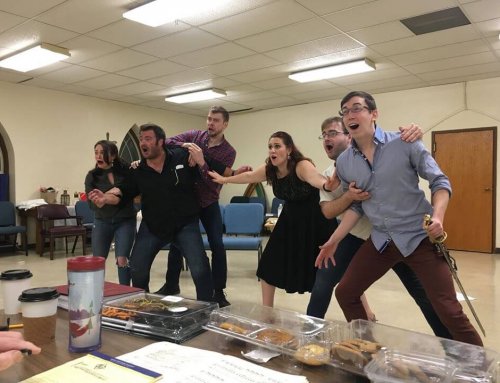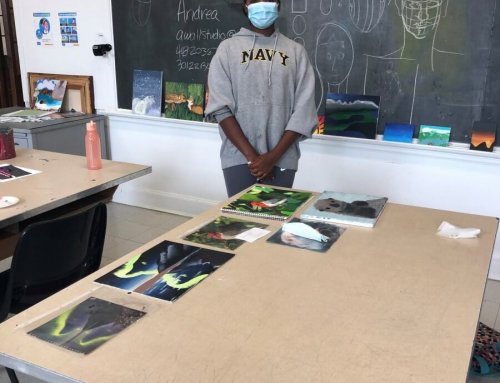Everyone takes pleasure in stories of redemption and triumph–consider all the superheroes and Marvel comic books we read as kids that tell the tales of down-trodden characters who discover a path that leads them to greatness. These tales are especially cherished when located close to home. This is the case with Wiley H. Bates, a native North Carolina man born into slavery but set free thanks to the power of education, hard work, and a motivated spirit. Bates is a local educational hero and the namesake for the Bates School in Annapolis, so his legacy is well-known. Even still, it’s worthwhile to look back at his life, as told by the Wiley H. Bates Legacy Center and Maryland State Archives, especially as Black History Month inches closer. In this post, we remember Bates for what he’s done for Annapolis education and explore how his legacy lives on today.
The Wiley H. Bates Legacy Center exists today to tell the story of Bates and to support the Wiley H. Bates High School, that was the only school for African Americans in Anne Arundel County until 1966. The Center has been publicizing the name and history of Bates ever since the Center opened in 2006. We retell of the historical highlights below:
Bates was born in 1859 but didn’t come to Annapolis until he was about thirteen, in 1871. Before residing in Annapolis, Bates worked for the C & O Canal in North Carolina and later, in the D.C. area. He and his mother moved to Annapolis later, where he continued to work on the water, with oysters this time. Bates also tried his hand at splitting wood and owning a grocery store at 54 Cathedral Street in the early 1880s. This grocery store speaks volumes to his legacy, as he was said to garner great respect from his customers.
Bates was a religious man but also one who participated in local politics. He became a member of the Annapolis city council and worked to the benefit of the city alongside the mayor, police department, and other council members.
Though his achievements described above are incredibly significant, Bates is by far most beloved for his advocacy for African American children’s education, which he made known in 1897 with a petition to build Annapolis’s first school for blacks. In 1925, Bates became a member of the Parent Teacher Association for Stanton High School–the city’s only black high school.
As Stanton High School grew, Bates recognized the need for more space. He donated money to build a larger black high school on a bigger plot of land. A few years later in 1933, the school opened its doors. The name of the school? Wiley H. Bates High School.
In his older years, Bates continued to serve the community by leaving his home on Clay Street to be a place of refuge for elderly blacks. He died in 1935 but luckily, his dream for equal education did not halt.
Today, Bates High School exists as the site for the Bates Legacy Center, though Bates Middle School functions as a school. Students who attend Bates Middle School can participate in dance, language arts, music, vocal arts, and sports. The school functions as a learning center for approximately 800 middle schoolers in the area. These 800 students will go on to do great things: develop cures, paint masterpieces, dance professionally, design important structures, and teach passionately. That’s 800 chances for doing something good, all initiated in some way by just one person. We have Wiley Bates to thank and commend for his leadership and devotion that still lives on today.
You can visit Wiley Bates High School at 1101 Smithville Street in Annapolis. Renting the property for an event or function is also possible. Contact the Bates Legacy Center at 410-263-1860 or visit the Maryland State Archives (linked here) to learn more.







Greetings, There are some documents that say the school opened in 1932.
How can I find out if it was 1932 or 1933. Thank you